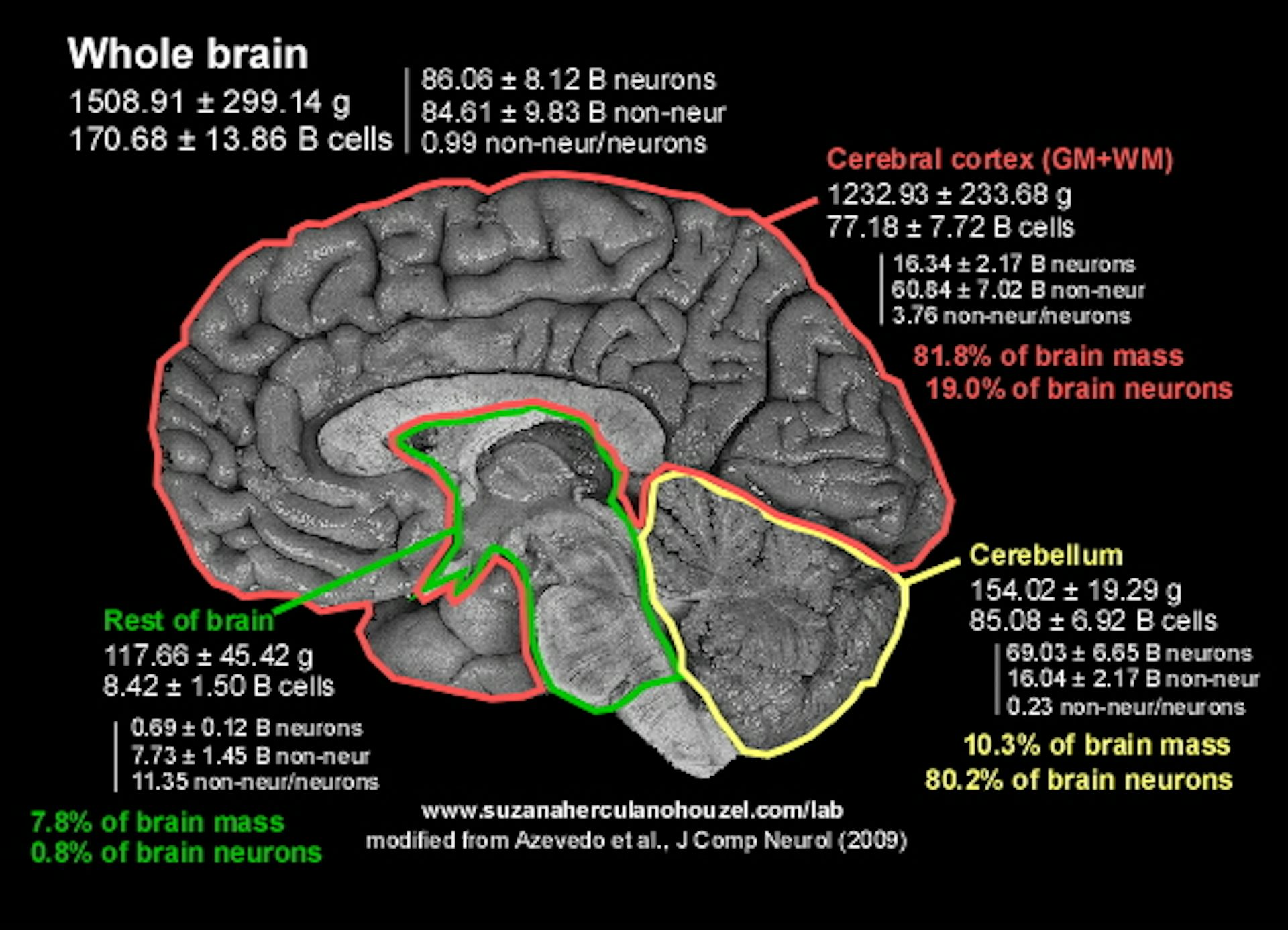


The human brain, however, has evolved from a set of underlying structures that constrain its size, and the amount of information it can store and process. These impressive numbers have led to the idea that our cognitive capabilities are virtually without limit. The human brain contains about 100 billion neurons, more than 100,000 km of interconnections, and has an estimated storage capacity of 1.25 × 10 12 bytes ( Cherniak, 1990 Hofman, 2012). The larger the brain grows beyond this critical size, the less efficient it will become, thus limiting any improvement in cognitive power. It will be argued that at a brain size of about 3500 cm 3, corresponding to a brain volume two to three times that of modern man, the brain seems to reach its maximum processing capacity. In view of the central importance placed on brain evolution in explaining the success of our own species, one may wonder whether there are physical limits that constrain its processing power and evolutionary potential. It is shown that the development of the cortex coordinates folding with connectivity in a way that produces smaller and faster brains, then otherwise would have been possible. Some of the design principles and operational modes that underlie the information processing capacity of the cerebral cortex in primates will be explored. The object of this review is to present current perspectives on primate brain evolution, especially in humans, and to examine some hypothetical organizing principles that underlie the brain's complex organization. We are beginning to understand the geometric, biophysical and energy constraints that have governed the evolution and functional organization of the brain and its underlying neuronal network. Netherlands Institute for Neuroscience, Royal Netherlands Academy of Arts and Sciences, Amsterdam, NetherlandsĬomparative studies of the brain in mammals suggest that there are general architectural principles governing its growth and evolutionary development.


 0 kommentar(er)
0 kommentar(er)
